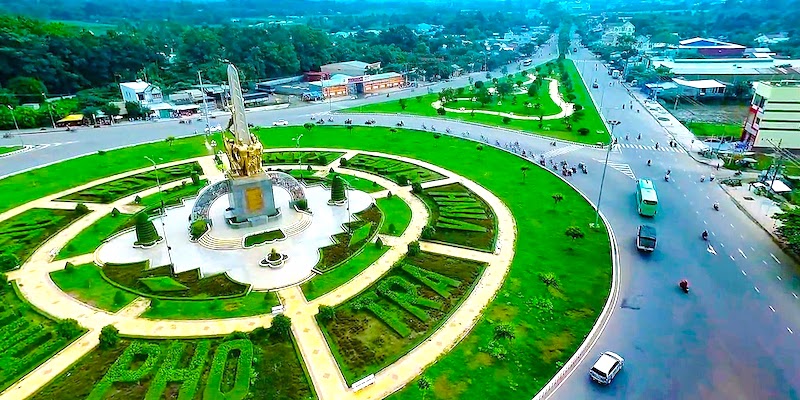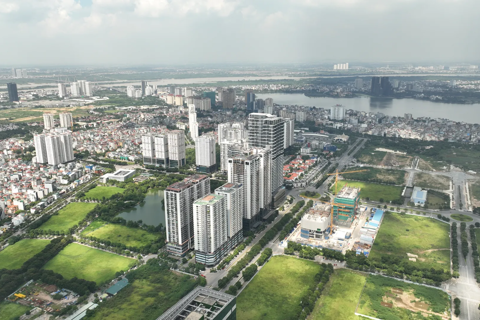Vietnam Prime Minister approves three industrial parks
The industrial parks are expected to benefit from the expansion wave of foreign-invested enterprises in Vietnam.
Prime Minister Nguyen Xuan Phuc has approved investment policies for the construction and infrastructure development of three industrial parks (IPs).
| IPs are expected to benefit from rising demand for business expansion among foreign-invested enterprises in Vietnam. Photo: VTV |
The first project is Co Chien IP in Dai Phuoc commune in the Mekong Delta province of Tra Vinh's Cang Long district. The IP, covering nearly 200 ha, has an investment capital of VND750 billion (nearly US$32.5 million) funded by Tra Vinh Infrastructure Development Investment Co., Ltd.
The second project is the 300-ha Tan Duc IP in Ham Tan district of the southern coastal province of Binh Thuan, invested by Sonadezi Binh Thuan JSC with an investment of VND1.2 trillion (US$52 million).
The last one is the Song Lo II IP in the northern province of Vinh Phuc. It will be built on an area spanning nearly 166ha, with an investment of VND1.52 trillion (US$65.8 million) funded by Vinh Phuc Infrastructure Development JSC.
Authorities of relevant provinces are required to guarantee the accuracy of information, statistics and assessment in line with the regulations, as well as ensuring that the implementation of the projects is consistent with authorized planning.
As the country is one of the most attractive destinations for the industrial sector in the region, the IPs are expected to benefit from rising demand for business expansion among foreign-invested enterprises in Vietnam.
As of 2020, Vietnam had 369 IPs with an area of nearly 114,000ha, in 61 cities and provinces, mainly in key economic zones thanks to advantages of location and economic potentials.












